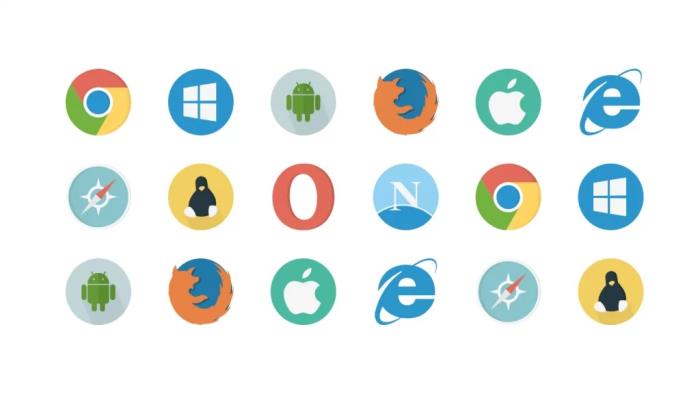5 Tips for Automated Browser Testing

Testing web browsers automatically is becoming more important when creating computer programs. As internet programs get more complicated, manual testing is not enough to find all errors and check if everything works. Browser testing with computers helps QA groups pretend like users are using the web app. This makes checking it quicker and covers more areas. Here are 5 tips for getting started with automated browser testing:
- Choose the right automation tool
There are a lot of web browser automation tools to pick from, both free and paid. Look at things like support for language, if it works with other systems, how well it connects to automated pipelines, reporting features, and community when choosing tools. Choose one that fits with your technology and testing requirements.
- Begin with small tests and grow them over time
It’s easy to want to do everything at once when starting a new computer testing project. But it’s better to begin in a small way and let your skills increase over time. Start by focusing on important user experiences or success scenarios. As you get better, start doing more difficult tests, like in bad situations, checking for accessibility and all kinds of browsers.
- Leverage page object models
Page object models are a key idea in automated browser testing. They let you make web page actions and finders into repeatable classes. This makes tests easier to understand and manage. When a part of the user interface changes, you only need to fix the code in one place. Make sure you carefully create page objects to save time later on.
- Integrate with CI/CD pipelines
To fully realize the benefits of automated browser testing, integrate it into your continuous integration and continuous delivery pipelines. Run your test suite on every code change to catch regressions early. Browser testing automation also facilitates shift left testing, making it an invaluable part of a DevOps toolchain. Configure your tests to run in parallel on the cloud for faster feedback.
- Analyze and optimize regularly
It’s key to look over test results often and improve the ones that are shaky or slow. Check what tests are failing the most and why. Check how long it takes to do different test cases. Fix or change page objects and data set-up if needed. Add pauses or re-runs to unreliable tests. Keep making your automatic tests better so they stay useful for a long time.
- Implement good test reporting
Making strong test reports is important to knowing how healthy your automated tests are and what they show. Make reports to follow things like pass rate, test length, and faulty tests over a period of time. Join your automation system with other reporting tools for more complex pictures and dashboards. Good writing helps you tell leadership what’s important and valuable.
Conclusion
In the end, doing strong automated web testing needs careful planning and time. Using the right tools and plans, making tests work well, linking them with CI/CD processes, and making continual improvements will allow you to make better websites faster. As browser testing with machines becomes normal, using these top tips will make quality checking better. Using the right method, automated browser testing can speed up development stages and lower errors for web apps.



